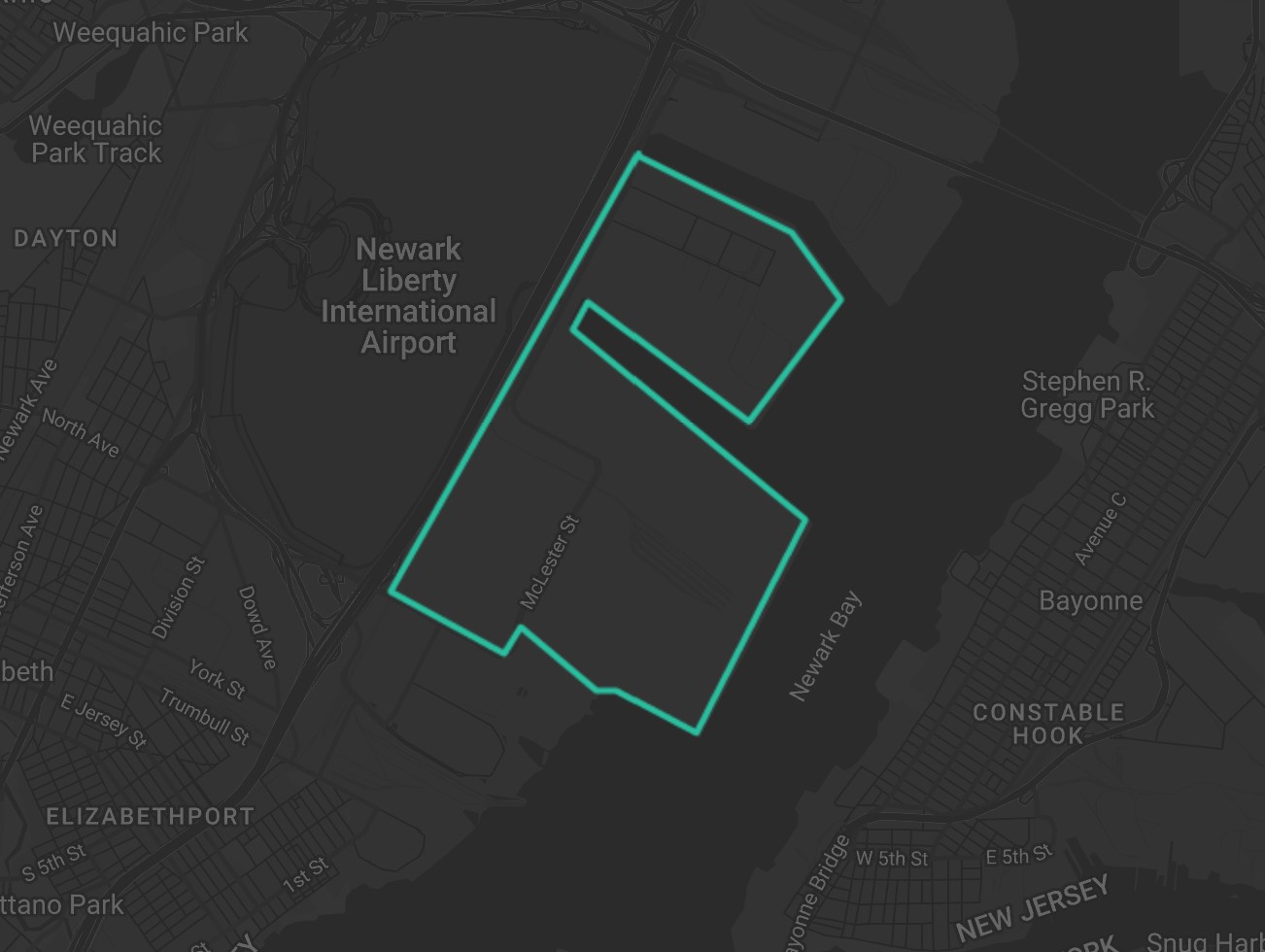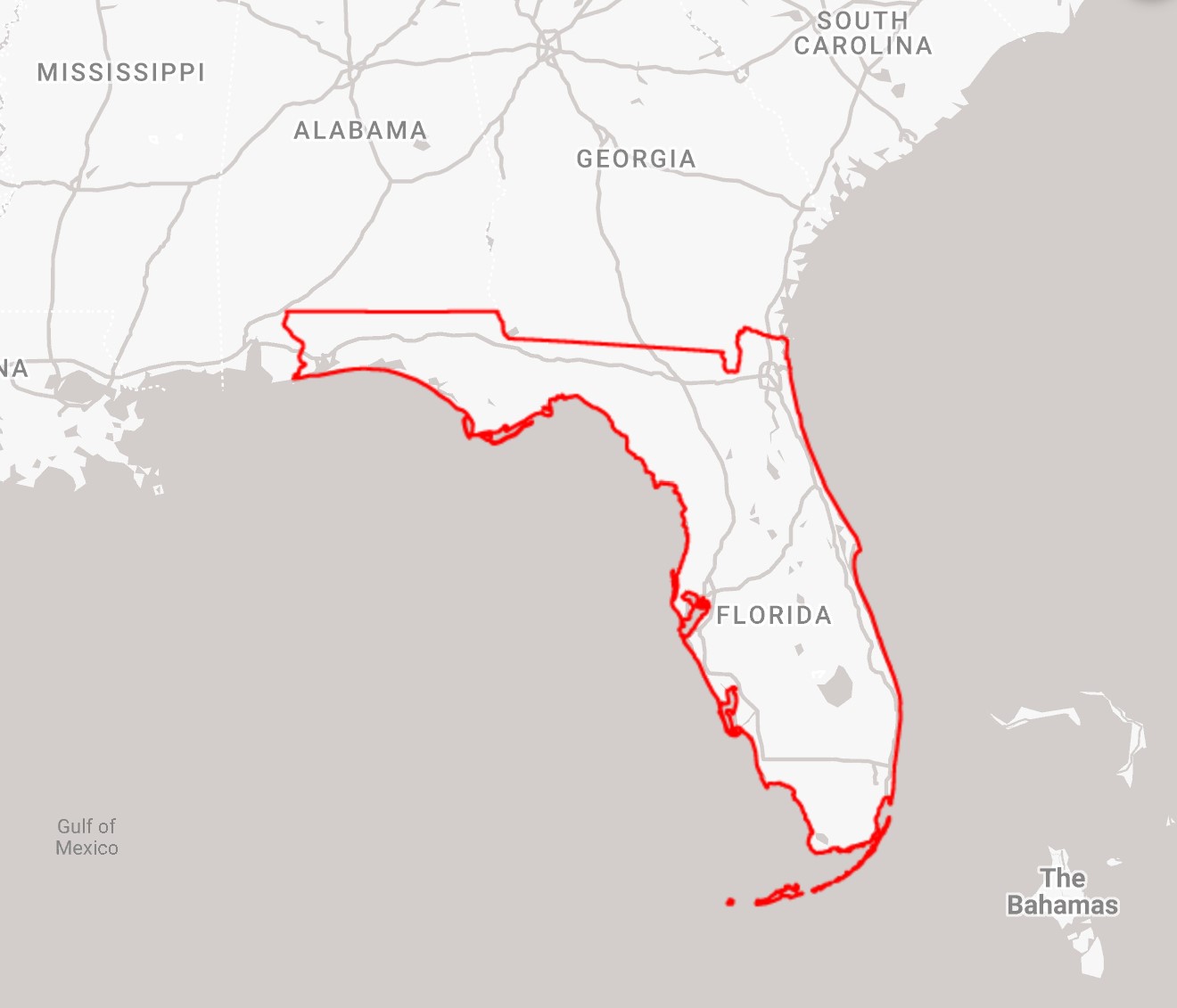Geofencing is one of the most popular and valuable features of GPS tracking technology. Whether you operate an equipment rental company, a construction firm, or logistics business, geofencing should be part of your asset management toolkit.
Knowing where your assets are located at all times can help you control costs, reduce risk, and dispatch them more effectively. Geofencing allows you to take it a step further by acting as a virtual fence. By setting up alerts when items enter or exit that virtual fence, you can prevent theft, ensure customers adhere to contractual requirements, and more.
Learn all about how geofencing works, and how you can use it to manage your assets more effectively.
What is geofencing and how does it work?
A geofence is a virtual border around a real geographic area. The geofence can be set by predefined boundaries, such as a state or county line, or you can create your own custom geofence.
Once you create your geofences, you configure which devices you want to track within those areas. Then, you can set up alerts—via email, text, or within the app—when the device crosses the geofence
Creating custom geofences with KML layering.
It’s possible to draw your own custom geofences within the asset tracking system you use, but this can be difficult, time-consuming, and lead to errors. Using a GPS tracking solution that supports KML layering makes the process extremely simple.
For example, our IoT platform, HoloFleet, allows you to take existing KML files and import them directly into the system. You can import predefined geographic boundaries such as country, state, city, county, or census blocks and use these boundaries as geofences. With HoloFleet’s user-friendly KML layering feature, you can get started with geofencing easily:
-
- Upload files from your GIS, Google Earth, or other mapping tool
- Set up geofences in seconds, instead of drawing them manually
- Ensure the accuracy and consistency of your maps across platforms
How geofencing is used for asset tracking
Geofencing has a wide range of applications that enable you to save time, improve transparency, and protect your bottom line.
Theft prevention
Equipment theft is a common and costly problem, especially for construction contractors and equipment rental companies. Authorities in Los Angeles recently uncovered a warehouse filled with $5 million worth of equipment, including more than 100 forklifts. They were led to the warehouse after two men used fake credentials to rent forklifts from a local company and failed to return them. If the equipment owners had GPS trackers with geofencing, they may have been able to catch the culprits sooner. If rental agreements require that equipment is kept within a certain area, such as city boundaries or even a customer’s job site, you can create custom geofences for that area. Then, you can be alerted when your equipment leaves the boundary.
Accountability
If you operate a fleet of vehicles, there’s no way to be sure that your employees are in the right place at the right time—unless you use geofencing. With a geofence around the customer job site, you can see when your employees arrive and when they leave. Not only does it improve accountability among your employees, but it also provides unbiased data that can be used in the event of a customer dispute.
Geofencing can also be used to make sure your employees stay out of areas where they aren’t supposed to be. For example, if your sales team is only supposed to work in designated territories, you can use geofences to make sure they don’t cross into one another’s areas.
Dispatching and locating equipment
Geofencing takes a lot of the guesswork out of dispatching. For example, waste management companies often rely on third-party vendors to transport their containers to customers’ sites. When the customer is done, the container is dropped off at a yard where they’re mixed in with containers owned by other companies. Tracking down these trailers can be time-consuming, and often involves sending someone to walk through the site and locate the container.
With geofencing, equipment managers can be alerted when a container leaves a customer site and when it arrives at a yard. That alert can trigger a worker order dispatching workers to that yard, where they can use GPS tracking to hone in on the exact location of the container
The benefits of geofencing
Efficiency
One of the primary benefits of geofencing is increased efficiency. With alerts triggered by geofencing, you don’t have to actively monitor your assets to know that they’re in the right place. That allows you to automate workflows that typically require manual effort.
This is especially beneficial for short-staffed companies that require employees to service or turn over equipment after use. For instance, you can set up geofences that notify employees when a rented RV is within a certain distance of your facility. That alert can trigger a worker order so they can prepare for its arrival and save time turning it over for the next customer.
Recoverability
Most heavy equipment—nearly 80%—isn’t recovered, costing hundreds of millions of dollars every year. Recovering stolen equipment is difficult because it’s easy for an item to change hands multiple times before authorities can even catch the stolen equipment’s trail. Geofencing boosts the odds of recovery by empowering you to act sooner and help the police catch up to thieves. As soon as you receive a notification that the equipment has left its designated area, you can respond immediately. Instead of calling authorities with only a description of your equipment and where you last saw it, you can provide them the precise time it was stolen and where it’s currently located.
Better customer service
Geofencing allows you to improve the customer experience. For example, recreational equipment rentals are growing in popularity—and so are accidents. You can help prevent safety incidents with geofences. If a boat or jet ski renter enters an area prone to accidents, you can notify them of the potential danger.
It also improves the accuracy of your customer communications. No matter how good your dispatching processes are, there’s always some guesswork involved in providing estimated arrival times. With geofencing you can verify the exact time your employees get to the job site. Over time, you can get a better sense of how long it takes to arrive at a job site, and improve your estimates.
Get started with geofencing
Geofencing makes location data actionable. With the right GPS tracking configuration, you can take advantage of the efficiency, cost savings, and customer value it offers. HoloTrak’s easy-to-use platform allows you to get up and running quickly:
● KML layering support so you can quickly create custom geofences
● A wide variety of powered and non-powered tracking devices
● Guidance in finding the ideal configuration for your business
Ready to start using geofences to reduce risk and enhance the customer experience? Get in touch with us today.



